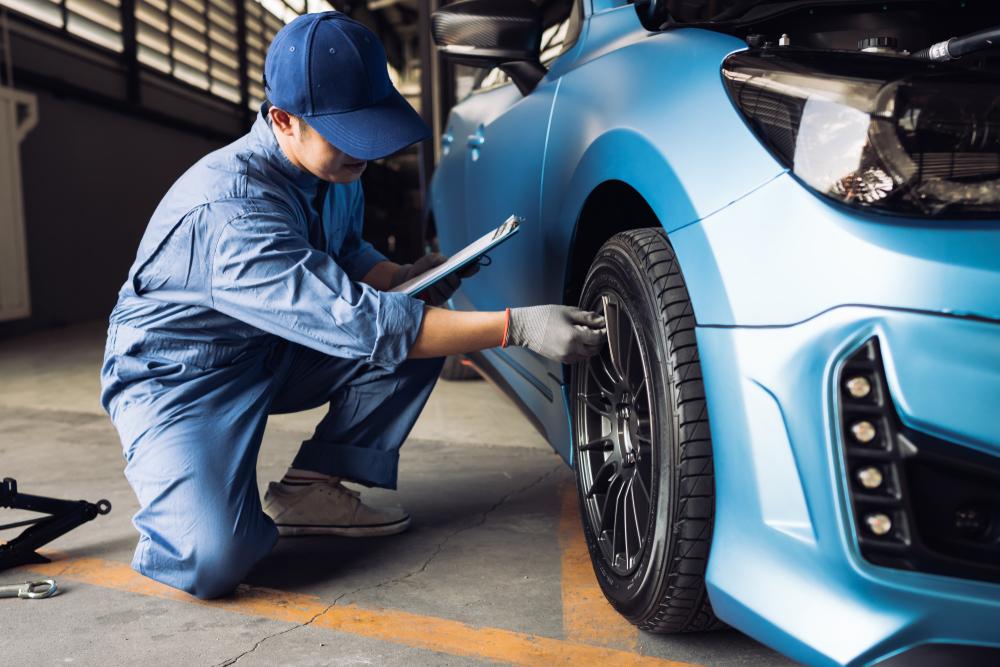Introduction
Purchasing a used automobile might be a sensible and affordable decision, but you must be diligent—especially when it comes to checking the engine—to be sure you’re receiving a dependable car. Since the engine is the heart of the vehicle, any problems with it could result in expensive automobile repairs later on. With the knowledge from this extensive guide, you will be able to examine a used automobile engine completely, enabling you to make an informed choice and guarantee peace of mind with your purchase.
The secret is to prepare
Setting yourself up for success in the inspection process is essential. Start by compiling the vehicle’s Vehicle History Report (VHR), which offers details on previous collisions, maintenance records, and repairs. Even if a clean VHR is encouraging, it is still necessary to perform a thorough inspection. Better visibility of the engine bay can also be ensured by planning a test drive for the daytime in an area with enough lighting. Remember to pack essentials like a towel for cleaning, a torch for dimly lit areas, and a reliable companion in case you need a second view.
Examine the item visually for leaks and wear indicators
Making a visual inspection is the first step in the engine inspection process. Close the hood and use the prop rod to keep it in place. Now is the time to become acquainted with the engine bay’s layout. Keep an eye out for any indications of leakage, such as coolant, fresh or dried oil, or other fluids near the engine block, hoses, or connections. Leaks frequently indicate potential problems that might need to be fixed.
Check for wear and tear on belts and hoses. Belts should be inspected for breaks, tatters, or excessive wear, and hoses should be sturdy rather than fragile. Any readily apparent damage signals an imminent failure and needs to be fixed right away. Furthermore, be mindful of any corrosion that may be present on engine parts. Although a certain amount of surface rust could be acceptable, excessive rust might suggest carelessness or exposure to hostile environments, as well as limit the engine’s lifespan.
Start the engine: Listen and look for warning signs
Once the visual inspection is complete, it’s time to start the engine. Request the seller to start the engine from a cold state, as this allows you to listen for any unusual noises that could indicate internal engine problems. Listen for sounds like grinding, knocking, or ticking, which may signal underlying issues.
After the engine starts, watch it idle. An engine is in good health when it idles consistently, smoothly, and without undue vibrations. An irregular engine speed or a rough idle may indicate issues with the fuel injection system, spark plugs, or other parts. Additionally, take note of the exhaust fumes’ color. While blue smoke may indicate oil burning, white smoke may indicate coolant burning, and black smoke may indicate incomplete fuel combustion.
Test drive: Check for issues with performance
Testing a used car’s performance on the road is an essential part of the inspection process. Keep a close eye on the car’s acceleration during the test drive. Does it falter, or do you find it difficult to pick up speed? Such problems may be a sign of internal engine wear, ignition system, or fuel system troubles. Examine the car’s gearbox operation as well, for both manual and automated transmissions. Shifts should be fluid and seamless; jerks, grinding, or hesitations could indicate problems with the transmission.
To assess how sensitive the brakes are, give them a hard but safe test. Healthy brakes are indicated by prompt engagement without pulsing or grinding sounds. Any deviations ought to be documented for additional examination or discussion.
Advanced checks: Take into account expert assistance
Even though the previously outlined procedures offer a strong basis for a do-it-yourself inspection, some elements could need expert care. Take into consideration asking for a compression test, which gauges the pressure within each engine cylinder and can provide information about possible internal wear and the engine’s general condition. A skilled mechanic can also use specialized instruments and diagnostics to conduct a more thorough inspection in order to find hidden problems that might not be visible on a visual inspection.
Negotiation advice
Use the information you learn from your inspection to your advantage when negotiating with the seller if it indicates possible issues. If significant issues are not resolved to your satisfaction, be ready to leave. Never hesitate to clarify any doubts by making inquiries. Reputable sellers will facilitate a fair and transparent transaction by being forthcoming with information and eager to answer your concerns.
Conclusion
In conclusion, a used car engine inspection is an essential part of the buying process because it guarantees you’re investing in a dependable car and making an informed choice. Finding a used car with a healthy engine can put you on the road to happy car ownership. To improve your chances of finding one, read the thorough information provided above and be alert during the inspection process. Recall that careful planning and closer attention to detail are essential for a positive shopping experience.
One place to get tested and verified used engines and transmissions is Used Engines Inc., one of the top places in the USA to meet your requirements. Not only tested and examined but also quality-approved to add a new life to your car.




